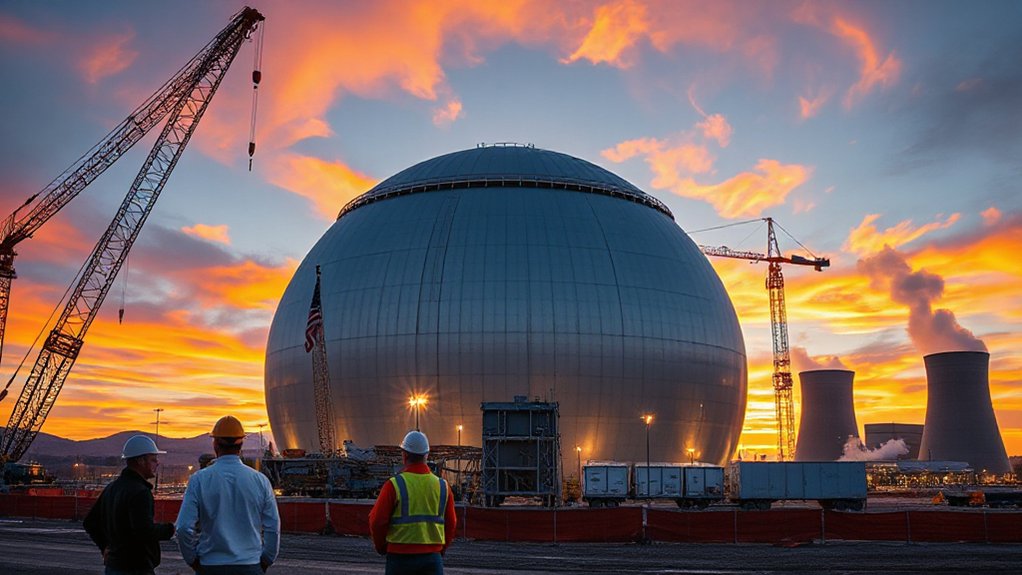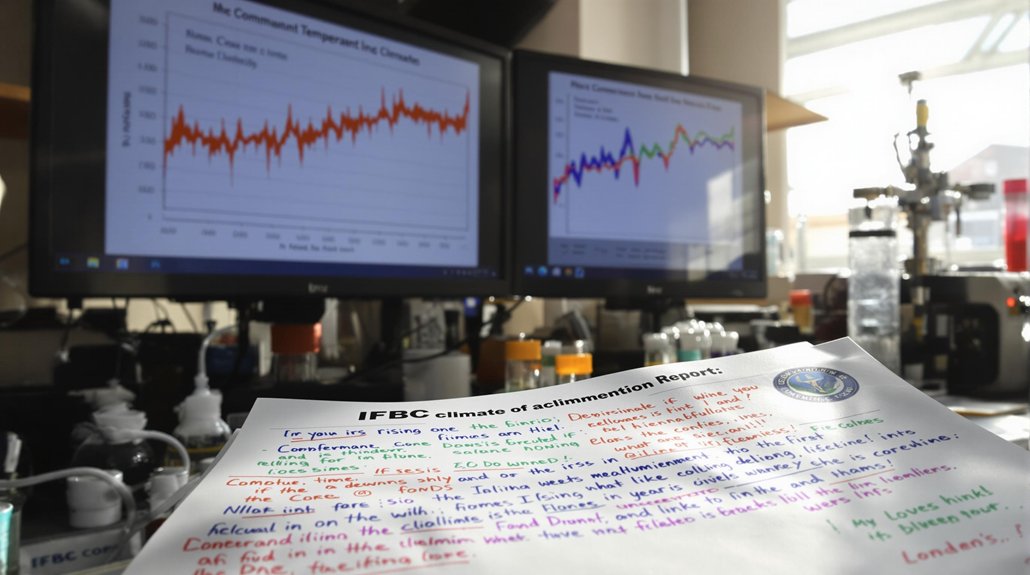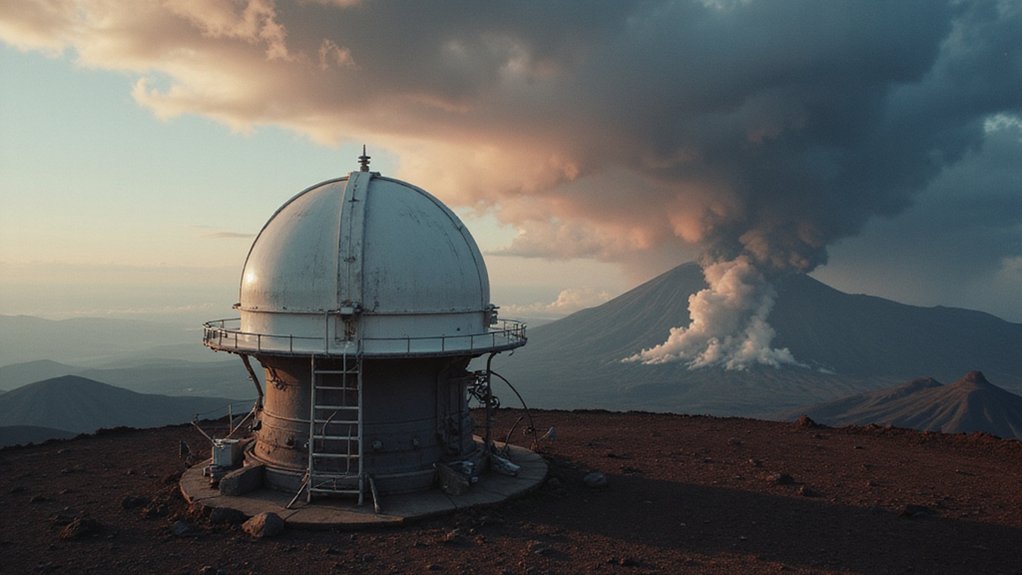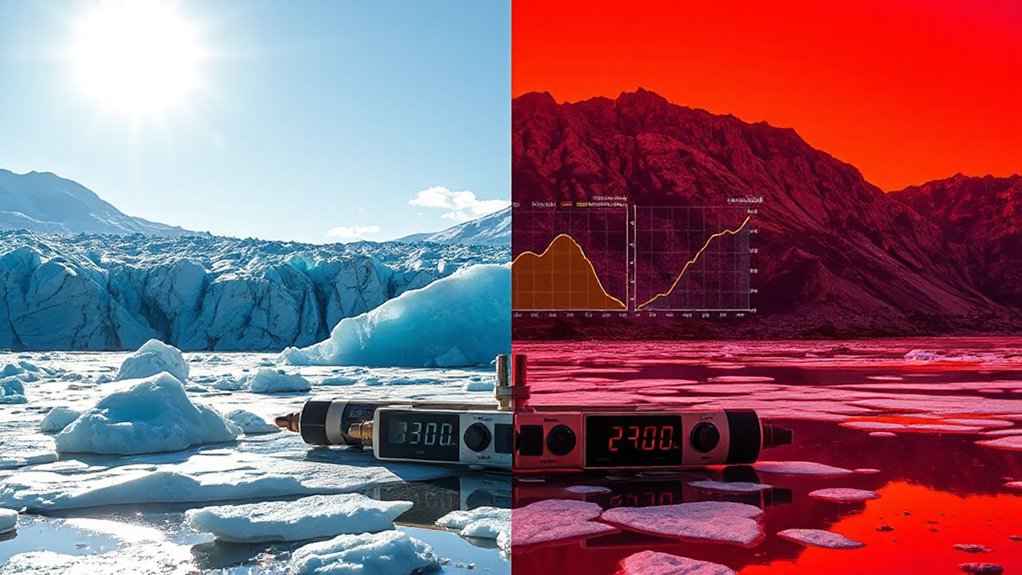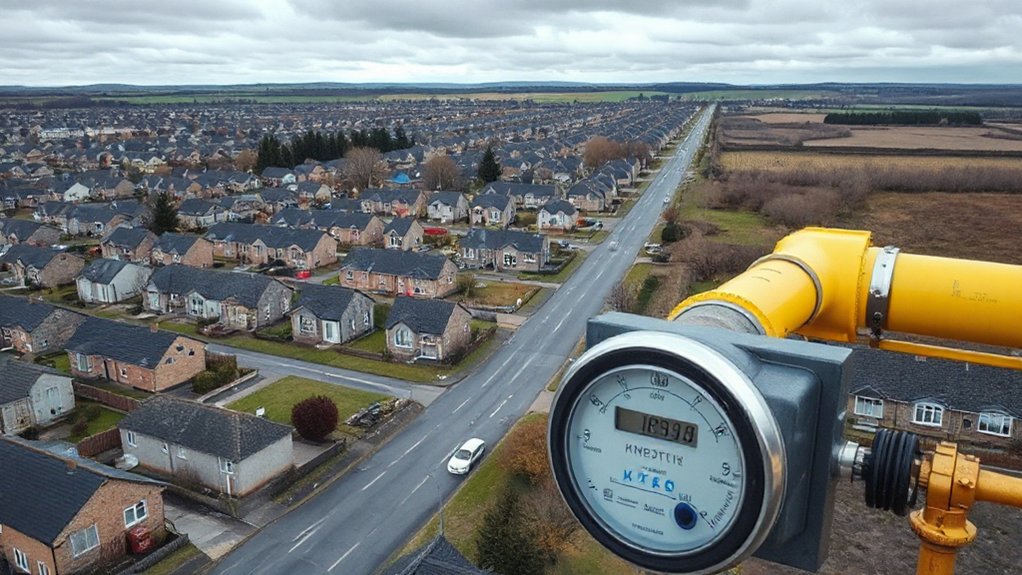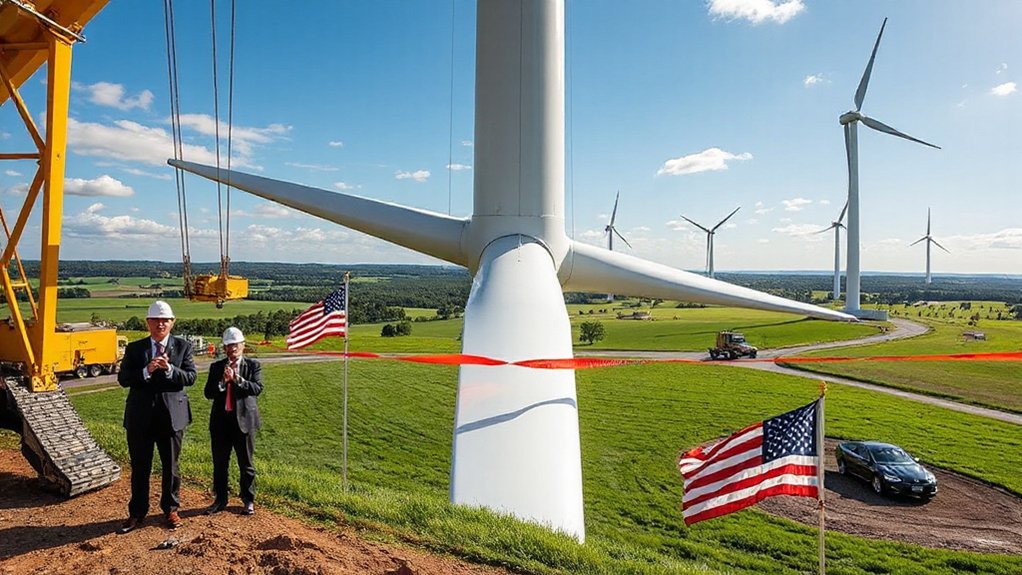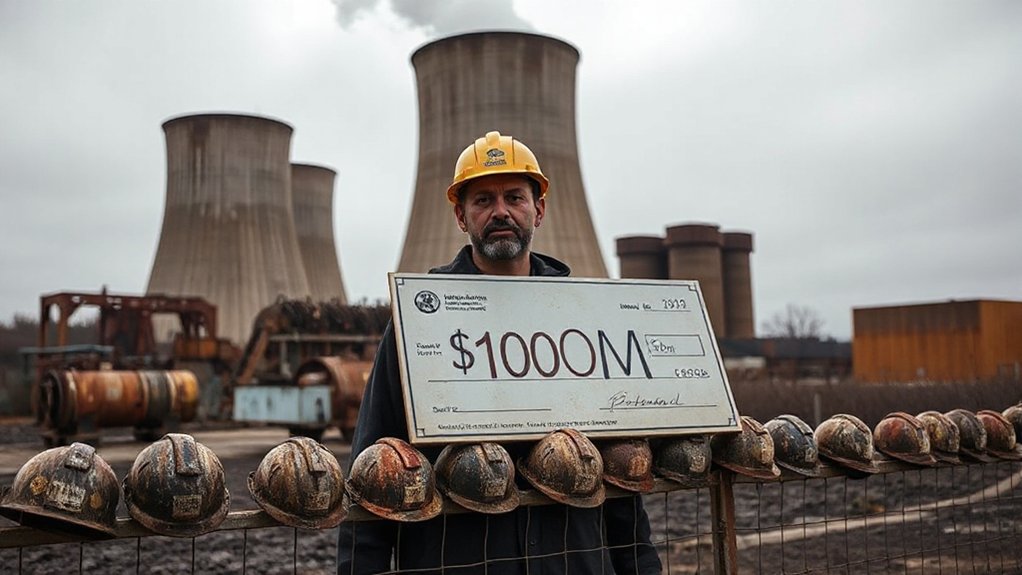Trapped within the frozen depths of Antarctica and Greenland lies a climate time machine that scientists can’t stop geeking out about. Ice cores. Nature’s ultimate diary. These cylindrical columns of ancient frozen water are literally changing how we perceive Earth’s climate history. The oldest continuous Antarctic records stretch back 800,000 years, but recent cores from Little Dome C extend this timeline to a whopping 1.2 million years. That’s old. Really old.
But here’s where it gets wild. While continuous cores are the gold standard, blue ice areas contain scattered fragments reaching back 2.7 million years. The Allan Hills region has yielded climate snapshots from up to 2 million years ago. Not continuous, but still valuable as hell.
These frozen archives preserve everything from atmospheric gases to volcanic ash. Scientists analyze stable water isotopes like δ18O and δD to reconstruct temperatures, and trapped air bubbles reveal ancient greenhouse gas concentrations. The Vostok ice core has provided valuable climate history spanning 420,000 years. It’s basically Earth’s own chemistry lab, preserved in pristine condition. No contamination. No tampering.
The data tells a clear story. Earth cycles between glacial and interglacial periods roughly every 100,000 years. We’re currently enjoying an interglacial period that’s lasted about 11,000 years. During glacials, massive ice sheets covered places like North America and Britain. Hard to imagine Chicago under a kilometer of ice, right?
Perhaps most fascinating are the abrupt climate shifts. Dansgaard-Oeschger events show temperatures in Greenland jumping a staggering 10°C in mere decades. Then, roughly 200 years later, Antarctica experiences cooling. Scientists call this the “thermal bipolar seesaw,” and it’s linked to Atlantic Ocean circulation.
What makes ice cores irreplaceable is their ability to directly sample ancient atmospheres. No proxies. No guesswork. Just actual air from thousands of years ago. The team of 30 researchers has successfully analyzed 190 metres of ice from the 2800-metre core retrieved from Little Dome C. The relationship between greenhouse gases and temperature changes is unmistakable in these records. Nature left us all the evidence. We just had to dig it up—literally.
References
- https://www.bas.ac.uk/media-post/a-historical-moment-over-1-2-million-years-of-earths-climate-history-captured-from-an-antarctic-ice-core/
- https://www.bas.ac.uk/data/our-data/publication/ice-cores-and-climate-change/
- https://pastglobalchanges.org/publications/pages-magazines/pages-magazine/129551
- https://www.princeton.edu/news/2019/11/21/two-million-year-old-ice-cores-provide-first-direct-observations-ancient-climate
- https://www.smithsonianmag.com/smart-news/scientists-drill-17-miles-into-antarctic-ice-revealing-12-million-years-of-climate-history-180985809/
- https://www.antarcticglaciers.org/glaciers-and-climate/ice-cores/ice-core-basics/
- https://www.nature.com/articles/s41586-018-0172-5
- https://www.ukaht.org/latest-news/2025/the-history-of-climate-science-in-antarctica-a-timeline/
- https://www.antarctica.gov.au/science/climate-processes-and-change/antarctic-palaeoclimate/million-year-ice-core/

